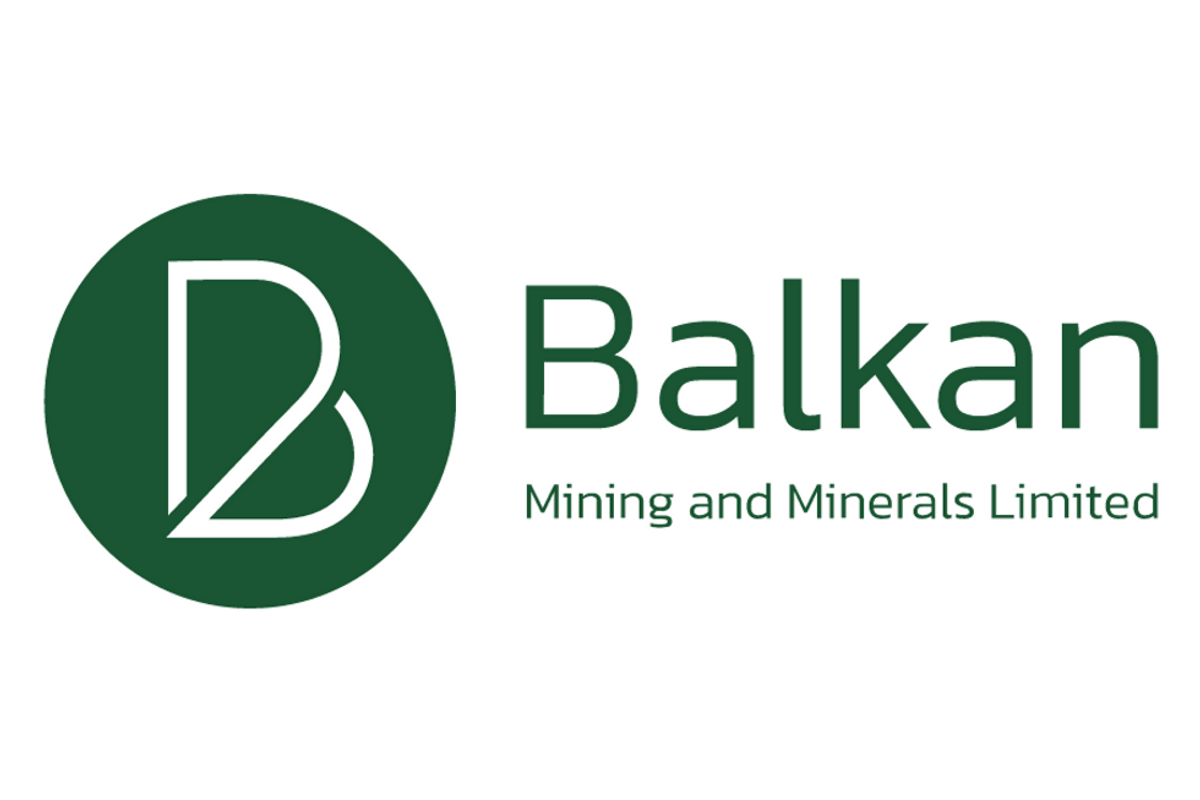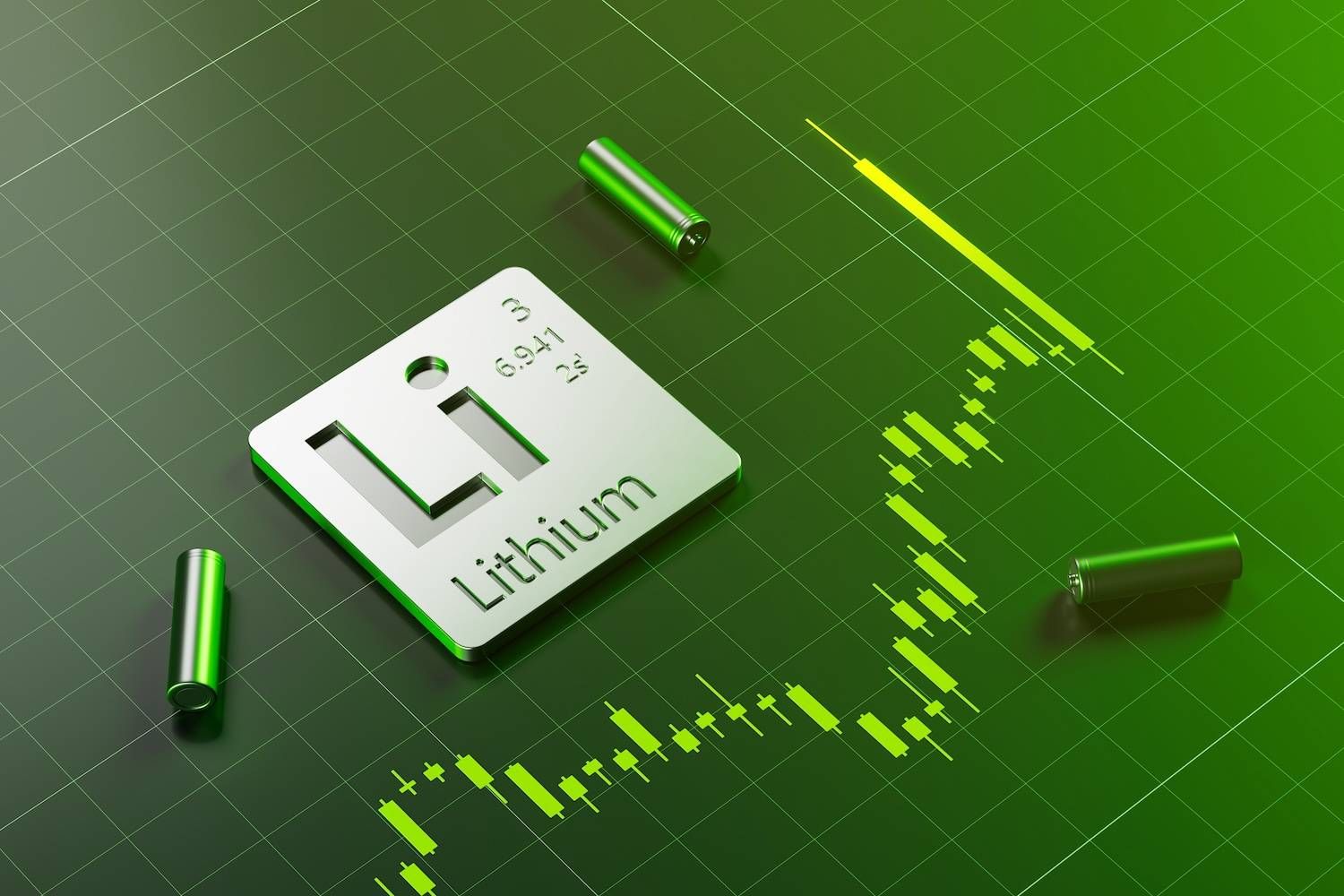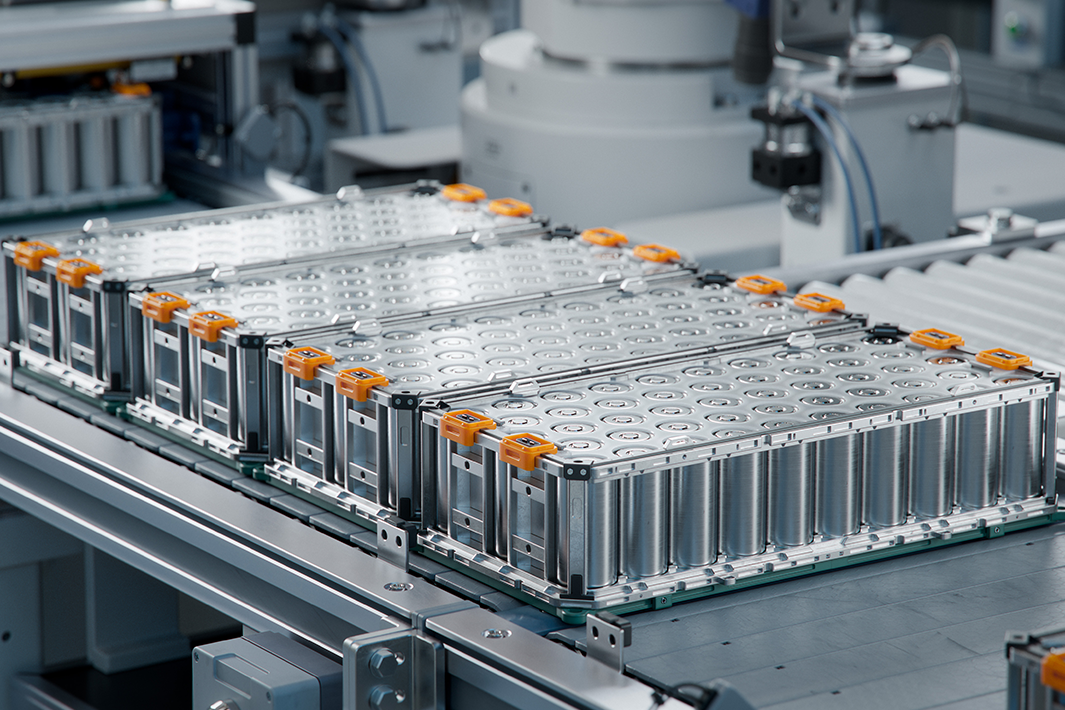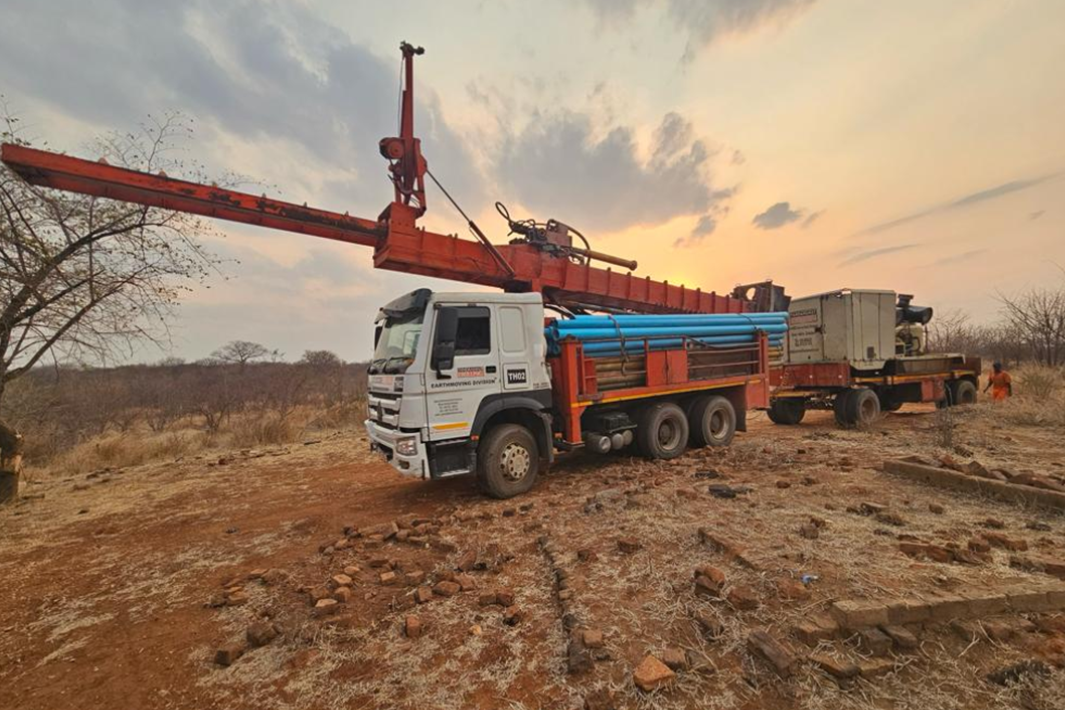
June 26, 2024
Balkan Mining and Minerals Ltd (BMM or the Company) is pleased to announce that it has successfully received binding commitments for a private placement to raise $750,000 (before costs) (Placement). The Placement will comprise the issue of 15,000,000 new fully paid ordinary shares (Placement Shares) in the Company at an issue price of $0.05 per share.
The Placement proceeds will be used to part fund project generation, working capital and exploration activities in Canada.
The Placement Shares will rank equally with existing fully paid ordinary shares. Settlement of the Placement is expected to be completed on Tuesday, 30 July 2024.
The issue price represents a 4.0% discount to BMM’s last close on 24 June 2024 of $0.052, a 4.9% discount to the 5-day VWAP of $0.0524, a 8.6% discount to the 15-day VWAP of $0.0543 and a 14.5% discount to the 30-day VWAP of $0.0572.
BMM will issue one (1) free attaching unlisted option (Placement Option) for every two (2) Placement Shares issued pursuant to the Placement. The 7,500,000 Placement Options will be exercisable at 7.5 cents each, with an expiry three (3) years from the date of issue.
The Placement Shares will be issued pursuant to the Company’s existing placement capacities under ASX Listing Rules 7.1 (8,019,283 Shares) and 7.1A (6,980,717 Shares). The issue of 7,500,000 Placement Options will be subject to shareholder approval at a General Meeting proposed to be held in late August 2024.
Sixty Two Capital Pty Ltd acted as the Lead Managers to the Placement.
Click here for the full ASX Release
This article includes content from Balkan Mining, licensed for the purpose of publishing on Investing News Australia. This article does not constitute financial product advice. It is your responsibility to perform proper due diligence before acting upon any information provided here. Please refer to our full disclaimer here.
BMM:AU
The Conversation (0)
05 September 2021
Bayan Mining and Minerals
Mining Critical Minerals from the Balkan Region
Mining Critical Minerals from the Balkan Region Keep Reading...
19 January 2025
Further Exploration Targets Identified at Bayan Springs
Bayan Mining and Minerals (BMM:AU) has announced Further Exploration Targets Identified at Bayan SpringsDownload the PDF here. Keep Reading...
31 October 2024
Quarterly Activities/Appendix 5B Cash Flow Report
Balkan Mining and Minerals (BMM:AU) has announced Quarterly Activities/Appendix 5B Cash Flow ReportDownload the PDF here. Keep Reading...
29 December 2025
SQM, Codelco Seal Landmark Lithium Joint Venture in Salar de Atacama
Sociedad Quimica y Minera (SQM) (NYSE:SQM) and Codelco have finalized their long-awaited partnership, forming a new joint venture that will oversee lithium production in Chile’s Salar de Atacama through 2060.SQM announced on Saturday (December 27) that it has completed its strategic partnership... Keep Reading...
24 December 2025
Altius Minerals to Expand Portfolio with C$520 Million Lithium Royalty Deal
Altius Minerals (TSX:ALS,OTCQX:ATUSF) is making a bet on a lithium market recovery, agreeing to acquire Lithium Royalty (TSX:LIRC) in a C$520 million deal that will expand its exposure to battery metals.Under a definitive agreement announced by the two companies on Monday (December 22), Altius... Keep Reading...
23 December 2025
Liontown's First Tjiwarl Member Completes Apprenticeship at Kathleen Valley
Liontown (ASX:LTR,OTC Pink:LINRF) has reached a milestone at its Kathleen Valley operations, with Vaughan Harris becoming the first Tjiwarl community member to complete an apprenticeship with the company.“Being the first Tjiwarl apprentice to complete an apprenticeship here at Liontown feels... Keep Reading...
22 December 2025
Lithium Market 2025 Year-End Review
The global lithium market endured a bruising 2025, with persistent oversupply and softer-than-expected electric vehicle (EV) demand driving prices for the battery metal to multi-year lows.Lithium carbonate prices in North Asia slipped below US$9,550 per metric ton in February — their weakest... Keep Reading...
11 December 2025
Mining the Gap: 5 Forces Shaping North America’s Lithium Supply Chain
A convergence of industry investments, government initiatives and a shifting global trade dynamic is creating an environment ripe for the development of a North American battery supply chain, with lithium playing a leading role. These trends are reshaping the region’s industrial base and opening... Keep Reading...
10 December 2025
Rock Bottom: Strategic Window for Ground-level Lithium Investment
When lithium prices hit bottom, savvy investors know that’s exactly where the next big discovery begins — literally. Beneath the surface of global markets and remote exploration grounds, new opportunities are forming in the wake of a sharp price reset and renewed geopolitical urgency.Recent... Keep Reading...
Latest News
Interactive Chart
Latest Press Releases
Related News
TOP STOCKS
American Battery4.030.24
Aion Therapeutic0.10-0.01
Cybin Corp2.140.00







